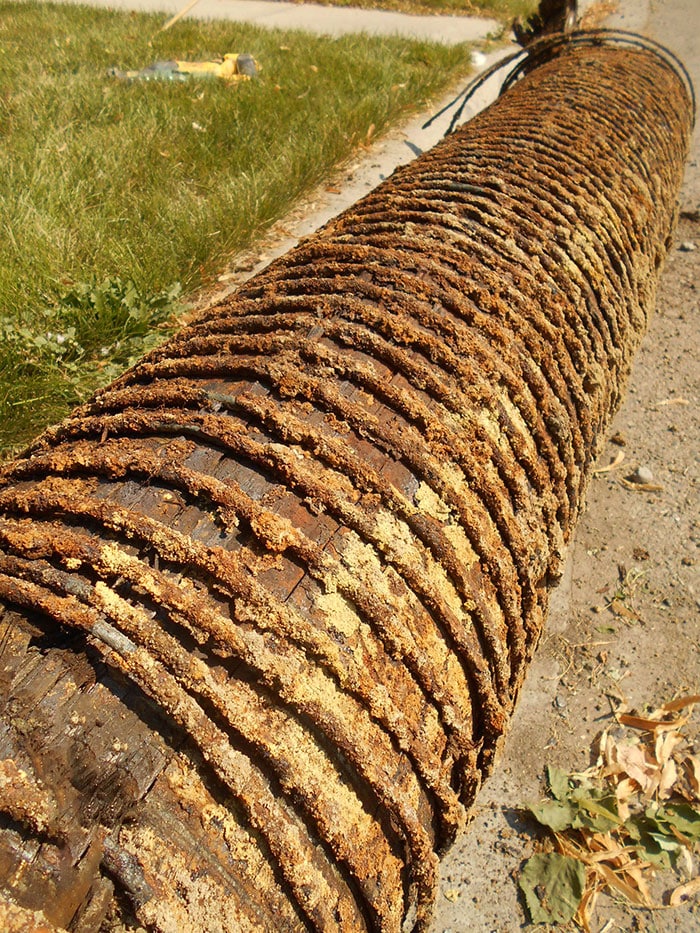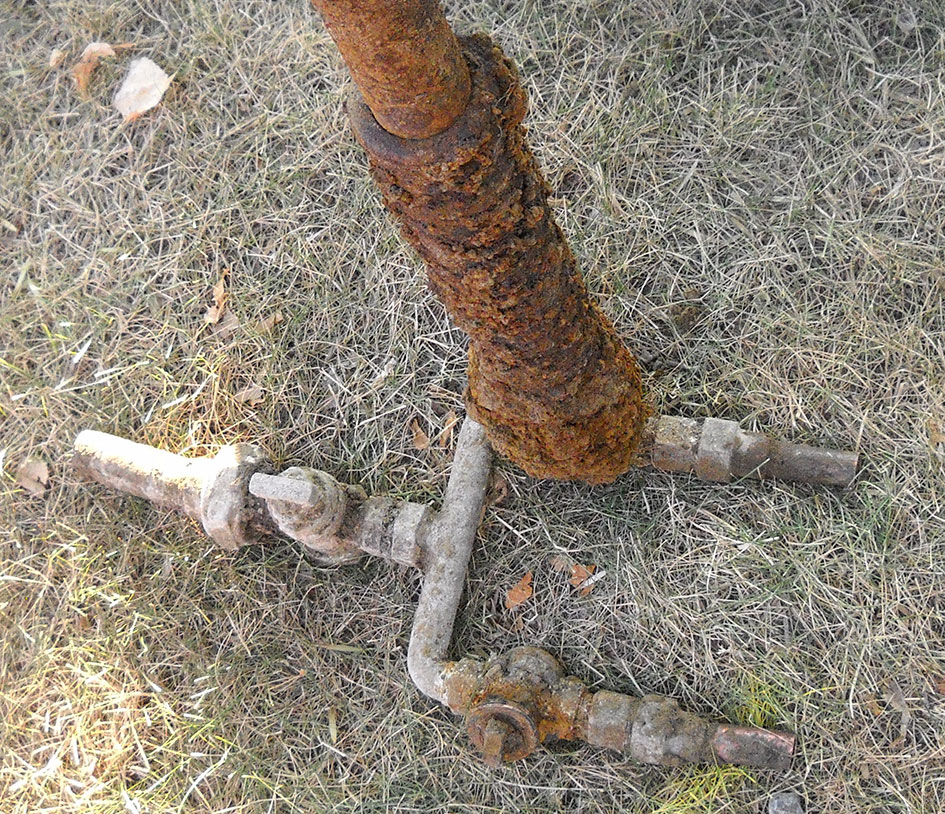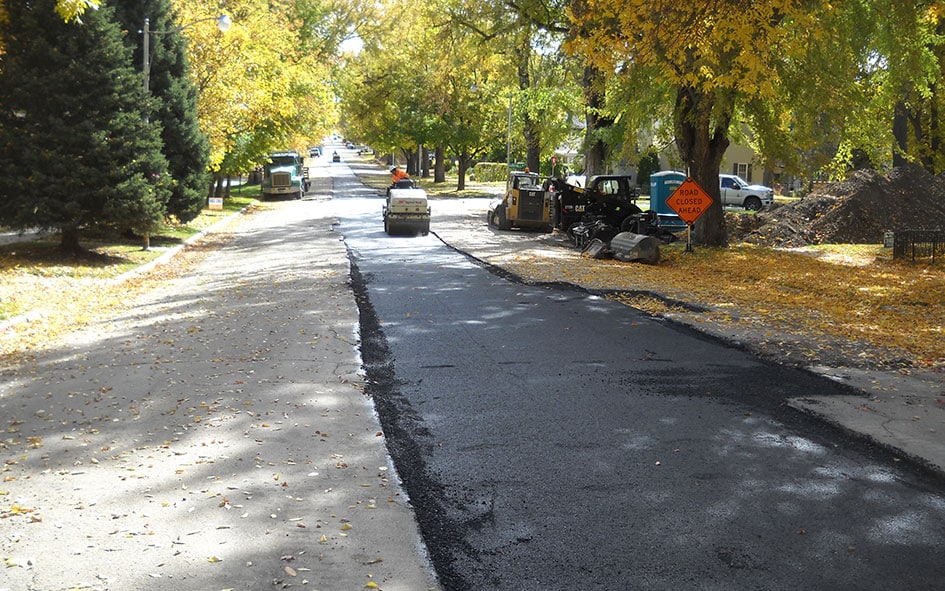

How To Prioritize Your Water Main Replacement Projects
Staying ahead of the game is key to water main projects
One of the biggest challenges water system owners face is replacing their aging infrastructure steadily to stay ahead of the facility’s life span. After all, replacing an old water main during a scheduled replacement program is better than having an inconvenient water main break in the middle of winter. However, it can be daunting when considering the miles of pipeline in a system and the limited funds available. How do you prioritize which water mains should be replaced first? Below are some items municipalities should consider when planning their next water main replacement project.
Age and Size of Water Main
It’s common to find 100-year-old water mains and valves still in service. Old cast iron water mains typically have problems with corrosion that can lead to breaks, customer complaints of poor water quality, or tuberculation (scaling) on the inside of the pipe. An 8-inch water main may only function like a 6-inch water main or smaller if internal corrosion has constricted the flow area and increased the roughness coefficient of the pipe. Small diameter and corroded water mains may not provide the required fire flow and should be upsized to meet system demands.
Old water mains often have shallow bury depths due to a lack of frost depth information or limitations of construction equipment available at the time of installation. In colder climates where at least 6 feet of cover is recommended to prevent freezing, some water mains only have 4-to-5 feet of cover. These water mains should be replaced with sufficient cover to prevent freezing.

Break History
Water system owners should record water main breaks, leaks, and condition assessments in their systems. The record should include details such as:
- Date of the occurrence
- Size and type of pipe
- Location of break or leak (valve, fitting, or along the pipe)
- Bury depth
- Visual assessment of pipe condition
- Pictures of the pipe and repair
This information can help determine if the water main is prone to breaks from freezing, corrosion, or poor installation or if the pipe has reached its service life and needs to be replaced. If a municipality has a geographic information system (GIS), it is a good idea to include the break history data in the GIS database and prepare a map of the break locations to assist in prioritizing replacement projects.
Is Your Water System Prepared for the Lead and Copper Rule Revision?
Risk and Resiliency
The 2018 America’s Water Infrastructure Act requires communities to prepare a “Risk and Resilience Assessment” of their existing water system infrastructure. Part of this assessment should identify water mains that need to be replaced, upsized or expanded to provide resiliency against bioterrorism, natural hazards, and malevolent acts. Ask yourself the following questions:
- Are there zones in the water system supplied by a single pipeline that should have a redundant pipe supply added?
- Do critical facilities such as hospitals need a looped water main connection?
- Does a commercial district need an upsized water main, and are fire hydrants needed to meet the fire code?
These are important upgrades that improve the resiliency of a water system.
Ten Things You Need to Know About America’s Water Infrastructure Act
Coordination with Other Projects
An often-overlooked aspect of prioritizing water main replacement projects is the need to coordinate with other projects. Are improvements needed to the street, storm drain, or sanitary sewer system that could be done simultaneously with the water main replacement project? It is recommended to replace utilities at least one year before a street improvement project to allow for trench settlement or other warranty repairs before improving the street. Do other public agencies or utility companies have facilities in the same right-of-way that may need to be upgraded soon? Coordinating with other projects and agencies minimizes impact to the public, saves cost, and provides a better product.
Guidance & Resources
A well-planned water main replacement program takes time and effort to implement. Municipalities may seek guidance from consultants with a history and experience with water main replacement projects. Morrison-Maierle can help to navigate through the process of prioritizing projects. My next blog, “How to Design Your Water Main Replacement Projects,” will provide approaches for those taking on these projects.

